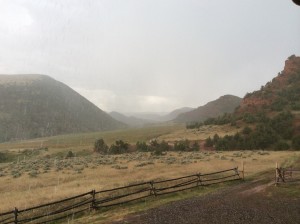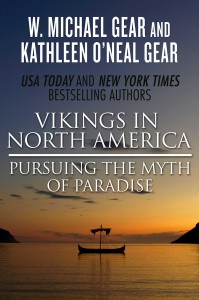 Viking explorers were not aimlessly sailing out across the arctic ocean. They had fabulous stories of a distant paradise in the West… http://www.barnesandnoble.com/w/vikings-in-north-america-kathleen-oneal-gear/1121191518?ean=9781466892477
Viking explorers were not aimlessly sailing out across the arctic ocean. They had fabulous stories of a distant paradise in the West… http://www.barnesandnoble.com/w/vikings-in-north-america-kathleen-oneal-gear/1121191518?ean=9781466892477
Tag Archives: anthropology
It’s finally here! Today!
- Tuesday, 21 April 2015 07:00
- 0 Comments
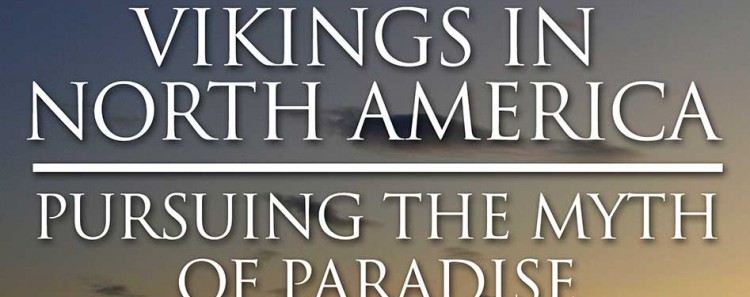
Elephants, aurochs and gazelles hunted 500,000 years ago.
- Monday, 20 April 2015 07:23
- 0 Comments
The now extinct animals that were hunted at the Ravidim site in Israel came from a culture archaeologists call Acheulian, and are famous for their hand axes–a prehistoric Swiss Army knife that could perform many tasks. Would have loved to have seen a Straight-tusk elephant, but species change over time. To adapt to environmental stresses like climate change, species hybridize, pulling the genes they need to survive from other species. This may be happening today with bison and cattle. As the climate warms, bison seem to be selecting for certain cattle genes. There is some evidence to suggest this natural selection favors smaller bison, which probably would be adaptive in a warmer world. Smaller bison would consume less resources and have a greater chance of survival when the grasses they need to survive get scarce. Such a diminution of bison size occurred at the end of Pleistocene Ice Age, as well. Of course, we won’t know if the cattle genes in bison helped them 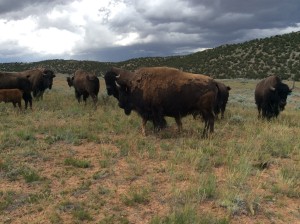 adapt to a changing climate for around 10,000 years.
adapt to a changing climate for around 10,000 years.
Yes, it’s spring. We have to chain up the trucks to get out.
- Sunday, 19 April 2015 09:39
- 0 Comments
5,000 year old burials found in India.
- Sunday, 19 April 2015 09:28
- 0 Comments
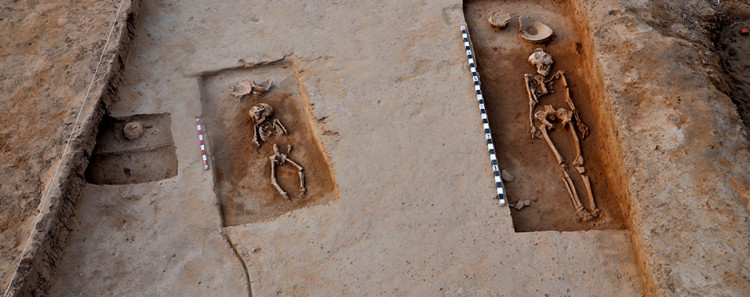
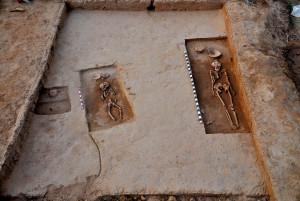 Harappan, or Indus civilization, arose in Pakistan and northwestern India around 2,500 B.C. This is a time when the great cities of Mohenjo-daro and Harrappa were urban centers. They were artists, builders, and writers. Archaeologists first discovered this civilization in the early 20th century when square stamp seals were found on the banks of the Ravi River in Pakistan. The writing on the seals was unknown at the time, so in 1920 Sir John Marshall and Rai Bahadur Daya Ram Sahni began excavations.
Harappan, or Indus civilization, arose in Pakistan and northwestern India around 2,500 B.C. This is a time when the great cities of Mohenjo-daro and Harrappa were urban centers. They were artists, builders, and writers. Archaeologists first discovered this civilization in the early 20th century when square stamp seals were found on the banks of the Ravi River in Pakistan. The writing on the seals was unknown at the time, so in 1920 Sir John Marshall and Rai Bahadur Daya Ram Sahni began excavations.
Ireland. 1,000 Year old passageway discovered in Caha Mountains
- Friday, 17 April 2015 07:30
- 0 Comments
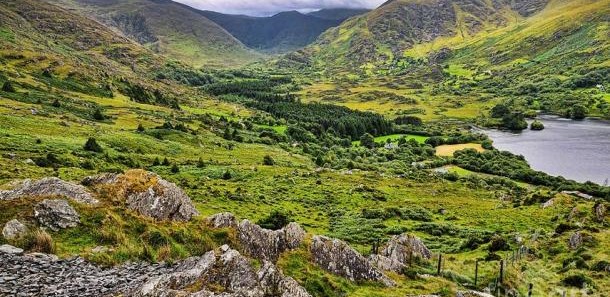
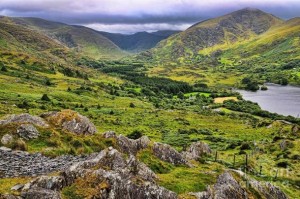
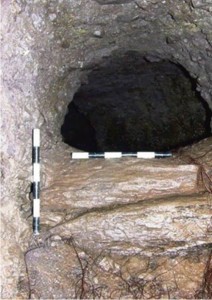 This Iron Age tunnel was dug through solid rock 1,000 years ago in Ireland. Called a souterrain, these kinds of structures were ordinarily associated with settlements and served as places of refuge during crises. http://www.ancient-origins.net/news-history-archaeology/1000-year-old-underground-passage-discovered-caha-mountains-ireland-002896
This Iron Age tunnel was dug through solid rock 1,000 years ago in Ireland. Called a souterrain, these kinds of structures were ordinarily associated with settlements and served as places of refuge during crises. http://www.ancient-origins.net/news-history-archaeology/1000-year-old-underground-passage-discovered-caha-mountains-ireland-002896
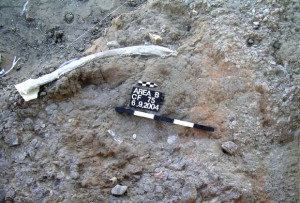 http://www.sci-news.com/archaeology/science-stone-tools-butchered-elephant-bones-revadim-israel-02620.html
http://www.sci-news.com/archaeology/science-stone-tools-butchered-elephant-bones-revadim-israel-02620.html